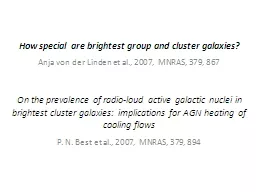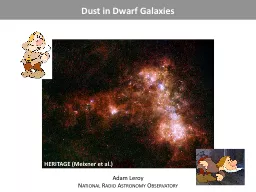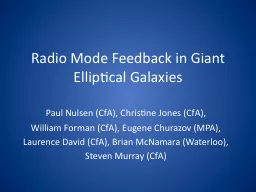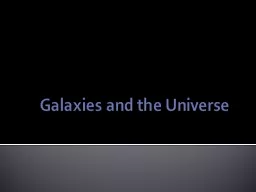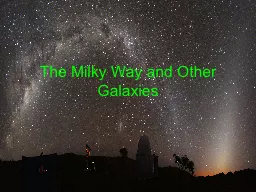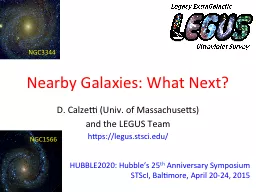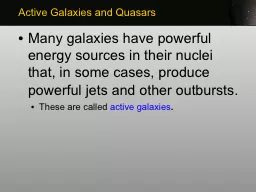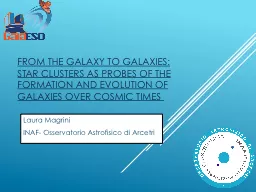PPT-Classifying galaxies is hard, and different people do it di
Author : ellena-manuel | Published Date : 2016-04-03
Except for nearby we can only see bright galaxies I will ignore dwarf spheroidal dSph and dwarf elliptical dE classifications Galaxies come in four broad categories
Presentation Embed Code
Download Presentation
Download Presentation The PPT/PDF document "Classifying galaxies is hard, and differ..." is the property of its rightful owner. Permission is granted to download and print the materials on this website for personal, non-commercial use only, and to display it on your personal computer provided you do not modify the materials and that you retain all copyright notices contained in the materials. By downloading content from our website, you accept the terms of this agreement.
Classifying galaxies is hard, and different people do it di: Transcript
Download Rules Of Document
"Classifying galaxies is hard, and different people do it di"The content belongs to its owner. You may download and print it for personal use, without modification, and keep all copyright notices. By downloading, you agree to these terms.
Related Documents


